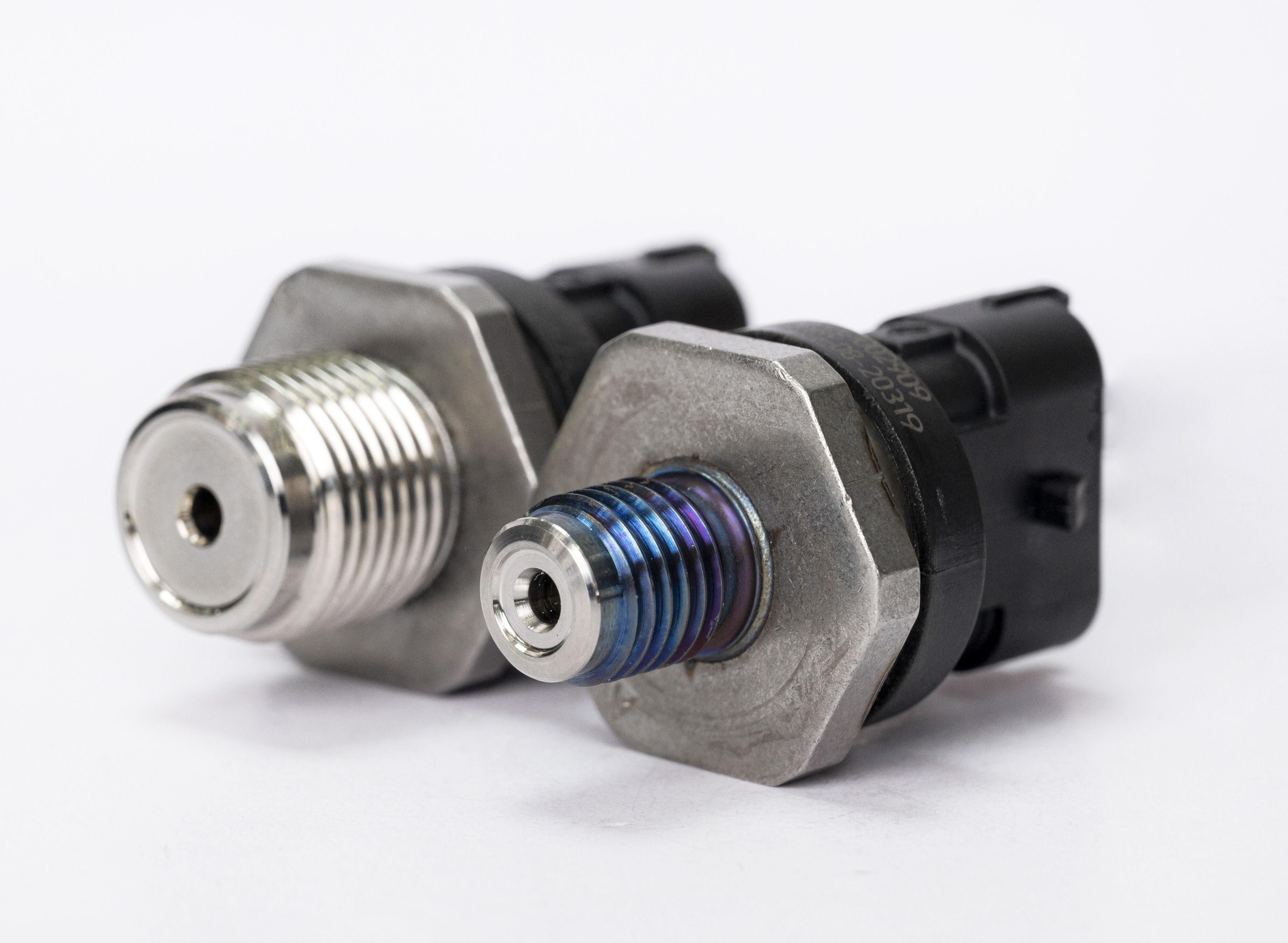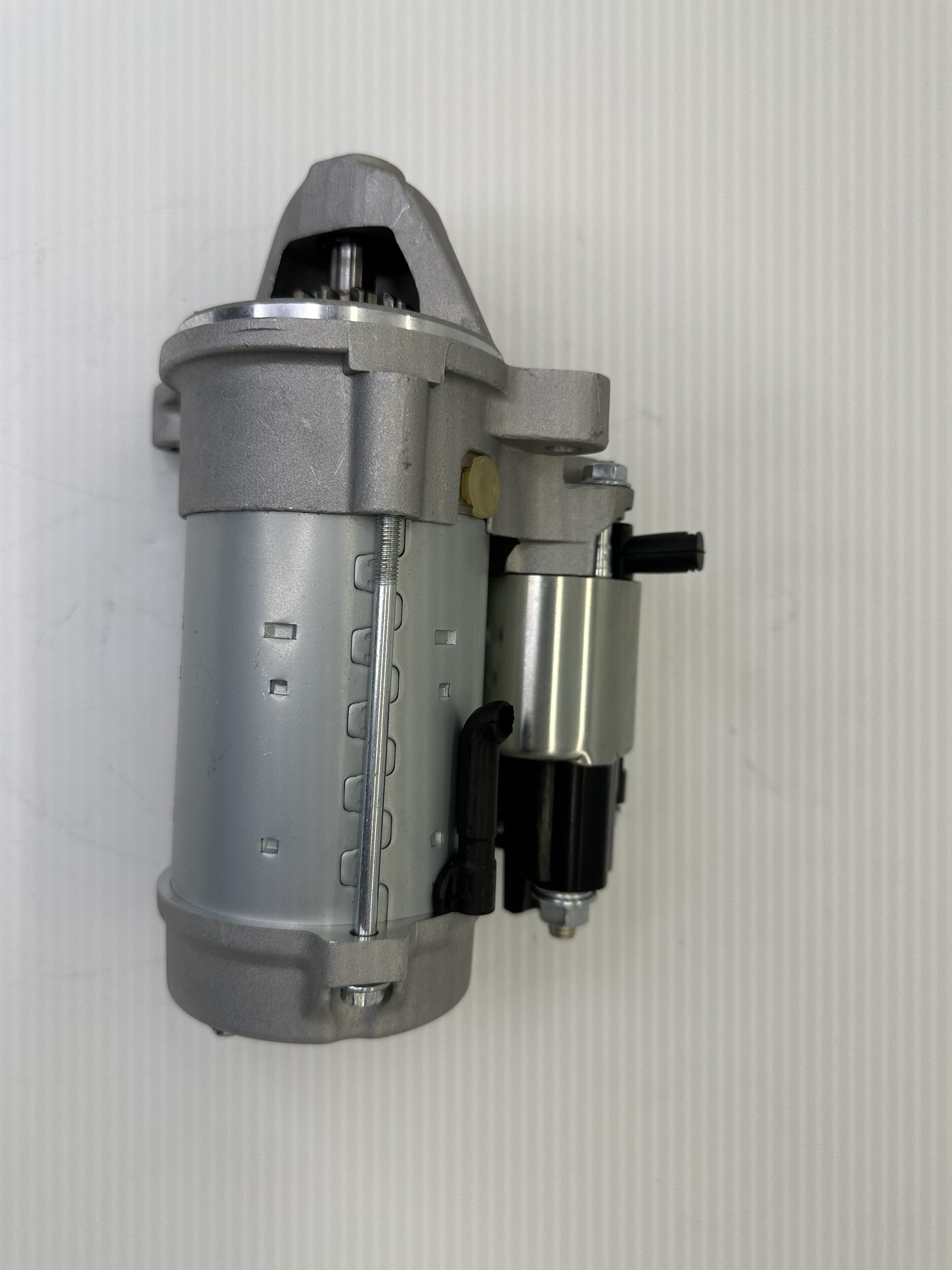Understanding Vehicle Pressure Sensors and Their Critical Role in Performance
Vehicle performance and safety heavily rely on properly functioning pressure sensors. These essential components monitor various pressure levels throughout your vehicle, from engine oil and fuel systems to tire pressure monitoring. Understanding how pressure sensors work and selecting the right one can make a significant difference in your vehicle's performance, fuel efficiency, and overall longevity.
Modern vehicles typically contain multiple pressure sensors working together to ensure optimal operation. Each sensor serves a specific purpose, monitoring different systems and providing real-time data to your vehicle's computer. This continuous monitoring helps prevent potential damage and ensures your vehicle operates at peak efficiency.
Essential Factors in Pressure Sensor Selection
Operating Environment Considerations
When selecting a pressure sensor for your vehicle, the operating environment plays a crucial role. Automotive pressure sensors must withstand extreme temperatures, vibrations, and exposure to various fluids. Consider sensors specifically designed for automotive use, as they're built to handle these challenging conditions.
Temperature ranges typically vary from -40°C to 125°C for most automotive applications. The sensor must maintain accuracy and reliability throughout this range while resisting corrosion and chemical exposure from engine fluids and environmental factors.
Pressure Range and Accuracy Requirements
Different vehicle systems require different pressure measurement ranges. Engine oil pressure sensors typically operate in the 0-100 PSI range, while tire pressure sensors work in a much lower range of 0-50 PSI. Selecting a pressure sensor with the appropriate range ensures optimal performance and accurate readings.
Accuracy specifications are equally important. Modern vehicles require precise pressure measurements for efficient operation. Look for sensors with accuracy ratings of ±1% to ±2% full scale or better, depending on the specific application.
Types of Automotive Pressure Sensors
Piezoelectric Pressure Sensors
Piezoelectric pressure sensors utilize crystalline materials that generate an electrical charge when subjected to pressure. These sensors excel in dynamic pressure measurements and offer excellent response times, making them ideal for high-performance applications like engine management systems.
The durability and reliability of piezoelectric sensors make them particularly suitable for harsh automotive environments. They maintain accuracy even under extreme conditions and provide consistent readings throughout their operational life.
MEMS-Based Pressure Sensors
Micro-Electro-Mechanical Systems (MEMS) pressure sensors represent the cutting edge of automotive pressure sensing technology. These miniature devices offer excellent accuracy, reliability, and cost-effectiveness. Their small size allows for easy integration into various vehicle systems while maintaining high performance standards.
MEMS sensors also provide additional benefits such as digital output options, integrated temperature compensation, and enhanced diagnostic capabilities. These features make them increasingly popular in modern vehicle applications.

Installation and Compatibility Considerations
Mechanical Integration Requirements
Proper installation of pressure sensors is crucial for accurate readings and long-term reliability. Consider the mounting options, thread sizes, and connector types when selecting a sensor. Ensure compatibility with your vehicle's existing hardware and wiring systems to avoid costly modifications or adaptations.
Pay special attention to torque specifications during installation, as over-tightening can damage the sensor or affect its accuracy. Professional installation may be recommended for critical applications to ensure proper functioning.
Electrical Interface and Communication Protocols
Modern pressure sensors often require specific electrical interfaces and communication protocols to integrate with your vehicle's systems. Common output types include analog voltage, current loop (4-20mA), and digital protocols like CAN bus or SENT.
Verify that your chosen pressure sensor's output signal is compatible with your vehicle's electronic control unit (ECU) or monitoring system. Consider future upgradability and diagnostic capabilities when selecting sensor communication protocols.
Maintenance and Long-term Reliability
Calibration Requirements
Regular calibration ensures continued accuracy of pressure sensors throughout their service life. Some modern sensors feature self-calibration capabilities, while others may require periodic professional calibration. Consider the calibration requirements and available service options when selecting a sensor.
Documentation of calibration procedures and intervals helps maintain sensor accuracy and comply with vehicle warranty requirements. Keep detailed records of maintenance activities to ensure optimal performance.
Durability and Replacement Considerations
Quality pressure sensors should provide years of reliable service under normal operating conditions. However, factors such as extreme operating conditions, physical damage, or regular wear can affect sensor longevity. Consider the manufacturer's warranty terms and expected service life when making your selection.
Plan for eventual replacement by choosing sensors with readily available replacements and standardized specifications. This approach minimizes future maintenance costs and vehicle downtime.
Frequently Asked Questions
How often should pressure sensors be replaced in vehicles?
Pressure sensors typically last between 5-7 years under normal operating conditions. However, this can vary based on usage patterns, environmental conditions, and sensor quality. Regular diagnostic checks can help determine when replacement is necessary.
What are the signs of a failing pressure sensor?
Common indicators include erratic pressure readings, warning light illumination, decreased vehicle performance, and poor fuel efficiency. If you notice any of these symptoms, professional diagnostic testing is recommended to confirm sensor status.
Can I install a pressure sensor myself?
While some pressure sensors can be installed by experienced DIY mechanics, many modern sensors require specific tools and calibration procedures. Professional installation is recommended for critical systems to ensure proper functionality and maintain vehicle warranty coverage.

